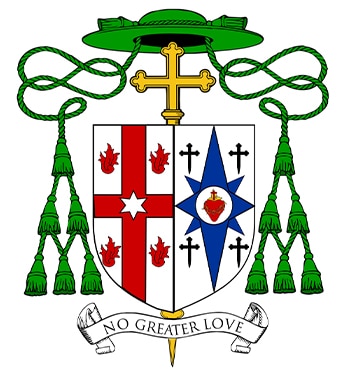‘Church of Spies’: The Pope Who Fought Hitler

Pope Pius XII’s secret support for the attempted overthrow of Nazi dictator Adolf Hitler is the subject of a book that draws on wartime documents and interviews with the American intelligence agent who wrote them.
“This book is the truth — as best I could establish it in a number of years of research — about the Pope’s secret operations in World War II,” historian Mark Riebling told CNA earlier this year.
“Its main premise is that Pius opted to resist Hitler with covert action instead of overt protest. As a result, he became involved in three separate plots by German dissidents to remove Hitler.”
“I thought this idea — that the Church engaged in secret operations during the bloodiest years in history, in the most controversial part of its recent history — was not just a footnote; it was something worth pursuing,” Riebling said.
Riebling tells this story in his book Church of Spies: The Pope’s Secret War Against Hitler, published by Basic Books in September 2015.
In the late 1990s, debate over whether Pius XII did enough to counter the Nazis reached a high point, with the publication of the deeply controversial book Hitler’s Pope, by British journalist John Cornwell. The book was highly critical of Pius XII, charging that he was culpably silent — if not an accomplice — in the rise of Nazism.
“If you read the fiercest critics of the Nazi-era Church, the major ones all concede that Pius XII hated Hitler and worked secretly to overthrow him,” Riebling said. “Yet they say this in their books in just a clause, a sentence or a paragraph. To me, this episode merited more curiosity.”
“If ‘Hitler’s Pope’ wanted to help rid the world of Hitler, what’s the story?”
Riebling said there were several sources of inspiration for the book. During his Catholic upbringing, he learned the long history of the Church: In its first centuries, Christianity was an underground organization. In post-Reformation England, the Jesuits were involved in clandestine work.
This history prompted him to ask how a historian would document it and find evidence.
He also drew inspiration from the story of James Jesus Angleton, a famous U.S. intelligence officer who, during World War II, ran an operation to penetrate the Vatican for the Office of Strategic Services, the Central Intelligence Agency’s predecessor.
Read more at National Catholic Register








